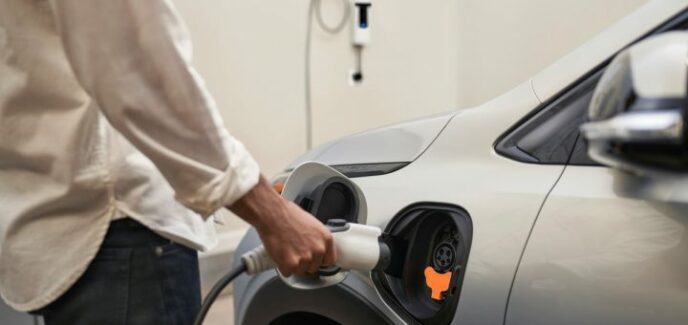
General Motors is joining the Virtual Power Plant Partnership (VP3), a coalition of companies including Ford and Google, aimed at shaping standards for scaling up the use of virtual power plants (VPPs).
VPPs are systems of thousands of decentralised energy resources, including EVs and electric heaters, that can work in concert to smooth electricity grid loads at times of heavy use or other challenges.
With approval from customers, VPPs can coordinate EVs to switch from charging to discharge mode, as well as reduce consumption in electricity-using appliances like water heaters, GM Authority reports.
RMI, a non-profit organisation focused on clean energy transition which will host the VP3 initiative, says VPPs can potentially reduce US peak demand by 60GW by 2030 – about the consumption of 50 million households – and more than 200GW by 2050.
VPPs have enhanced grid reliability in Australia and Germany, as well as in some US states, and include solar energy providers SunPower and Sunrun, GM Authority adds.
GM global energy strategy director Rob Threlkeld told Reuters that VP3 would “show that EVs can become a reliable asset to the retail utility and or the retail transmission operator,” as well as “an asset to a homeowner and to fleet customers”.
VPPs are expected to see massive growth in the US following the passage of the Inflation Reduction Act, which provides incentives for electric cars, as well as solar panels and other technology that can be plugged into VPPs to coordinate and smooth electric grid load, GM Authority explains.
Various GM vehicles, including the Chevy Silverado EV, will offer bidirectional charging capabilities, which can provide backup electricity to a home when properly equipped.
GM is working with SunPower to develop a new home energy system capable of powering an entire household during a grid outage via onboard vehicle-to-home capabilities.








